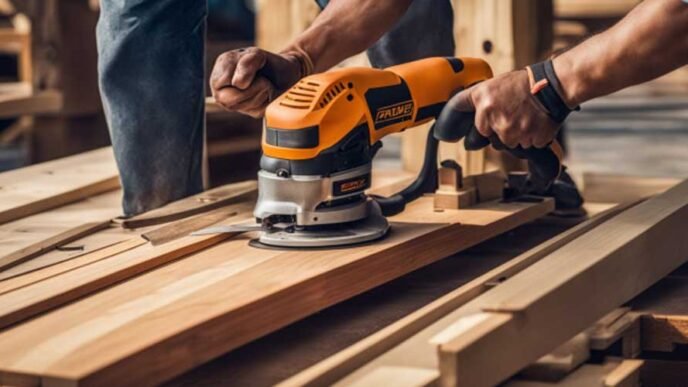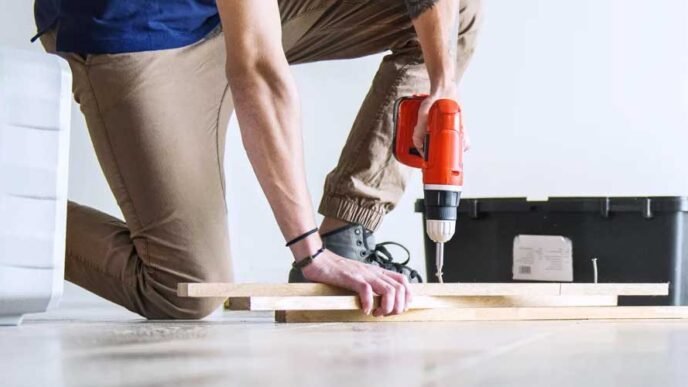Rotational moulding is present in all significant manufacturing nations in the world.
Similarly, it offers several advantages, but some parts have better production processes. So, how will you decide if it is the best fit for you?
Understanding the process and its pros and cons is the first step in making a confident decision.
In this article, you will discover the rotational mouldingprocess and how it is beneficial for the manufacturing units of a business.
Rotational Moulding Process: Step-By-Step
The steps of the entire rotational moulding process are mentioned below.
1. Mold Preparation
The concept is similar to baking a cake. You will fill your hollow mold with a mix of polymer powder or resin. If not, you can use polyvinyl, nylon, or polyethylene, which includes pre-compounds for hardness and more relaxed properties.
However, you will only place the batter once you grease the pan. Hence, this is where your mold release comes into play.
The mold is usually pre-heated, and after loading your powder, it is closed and placed for heating. Thus, the amount of preheating is related to the polymer selection and mold design.
2. Mold Cooling
It is a common misconception that mold cooling during rotational moulding should be conducted as swiftly as possible to bring the parts to room temperature.
However, there are more optimal approaches. The cooling phase is a critical aspect of the rotational moulding process, requiring precise control over the cooling rate comparable to the attention given to the heating phase.
Therefore, to facilitate the cooling process, the exterior of the mold can be exposed to air or water, which indirectly cools the polymer inside.
So, by carefully managing the cooling pace, manufacturers can prevent issues such as shrinkage and warping, which are consequences of too rapid cooling.
Moreover, these programs can simulate the solidification pattern of the material within the mold. This eventually enables cooling rates to enhance the quality of the molded parts.
3. Mold Heating
Rotational molding, also known as roto-moulding or roto casting, is a unique plastic manufacturing process that produces hollow parts.
Therefore, this step differs significantly from other methods, such as injection or blow molding. This is because it utilizes heat and rotation to distribute molten plastic evenly inside a mold.
However, rotating the mold only around one axis would lead to uneven coverage, making it impossible to maintain consistent wall thickness across the part.
Thus, this consistency is crucial for the structural integrity and quality of the final product. The rotation speed is carefully controlled, generally kept below 20 rotations per minute. Similarly, the roto moulding process will help resolve problems like undesired flow and inconsistent wall thickness that arise from overly slow cooling.
In addition, timing plays a pivotal role in the success of the rotational moulding process. It’s a delicate balance. However, rotating for too long is equally detrimental.
Overextended rotation times can degrade the polymer’s mechanical properties, diminishing the material’s resistance to wear and impact.
4. Mold Unloading
The last step might sound easy, but you must take care when you design your process to ensure your parts leave mold easily.
Hence, this is where the attention you paid to correctly applying mold release in the first step pays off.
Moreover, careful mode design is essential. This helps parts to separate from the mold cavities freely.
Therefore, modern polymers and materials can offer excellent surface finishes, paintable surfaces, and tight tolerances. Here, you need to de-mold properly to guarantee high-quality parts.
So, once the parts are removed from the mold, it is time for your completed assembly and inspection or manufacturing operations.
Benefits Of The Rotational Moulding Process
Roto Moulding boasts several benefits over comparable moulding techniques:
Low-cost tooling: Low operating pressure allows remold tools to be designed cheaply. For instance, aluminum.
Double wall construction: You can produce secondary processing with double-walled open containers.
High stability: The rotational moulding process is not exposed to external pressure, eventually reducing the risk of detectable defects within the finished parts.
Consistent wall thickness: The constant rotation of the mold coats the walls evenly, assisting in both the cooling and heating processes.
High strength: Roto moilding creates thicker corners, which reduces the risk of failure in the stress-concentration points.
Appearance: The soft metal used for the roto-moulding tool easily accommodates finishes like fine detail textures, symbols, and logos.
Wrapping Up
Thus, rotational molding is utilized across various industries to make everything from medical devices to children’s toys.
However, with advanced automation, advanced mold cavity, and precision control, you can make rotational moulding a highly effective and reliable method of manufacturing a wide range of parts.
So, if you are Moulding polymers, read the above-mentioned steps, and you will find perfect parts each time.












